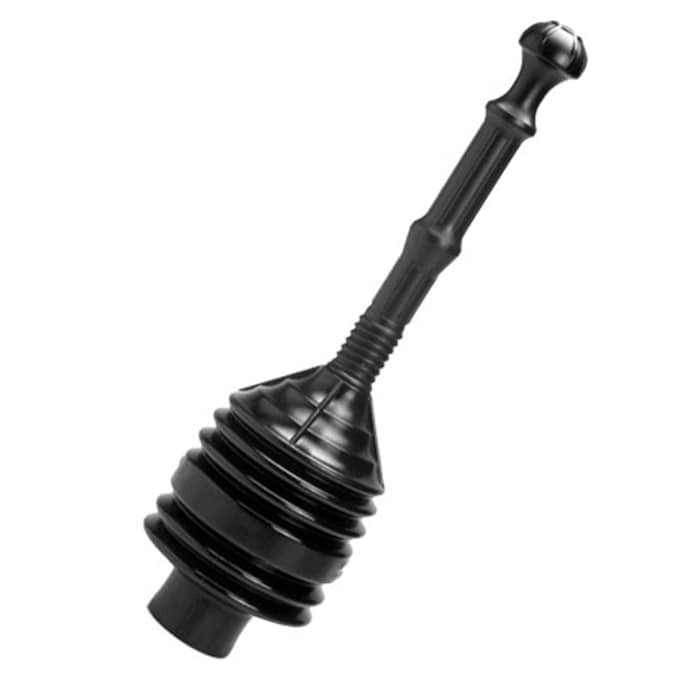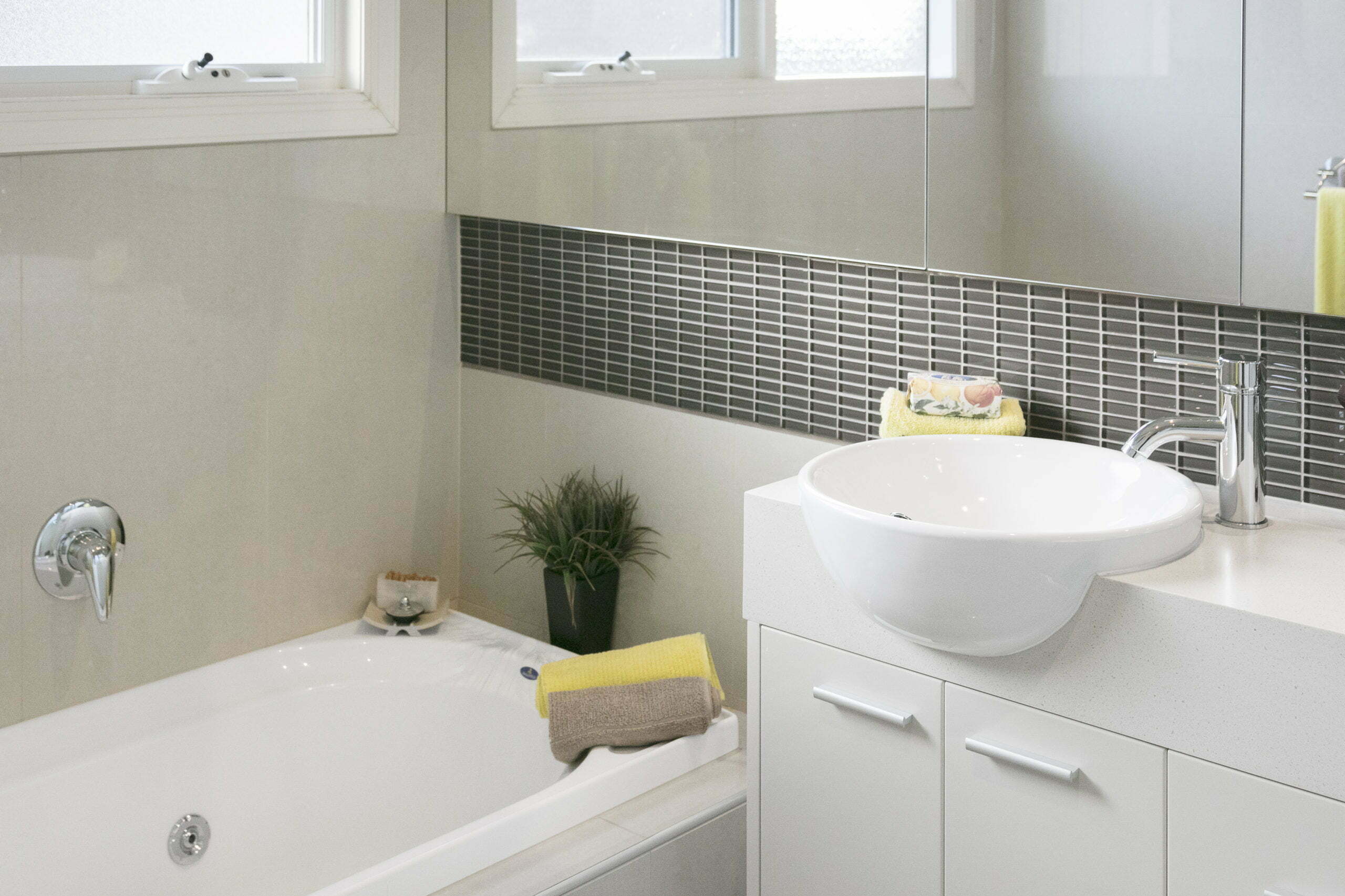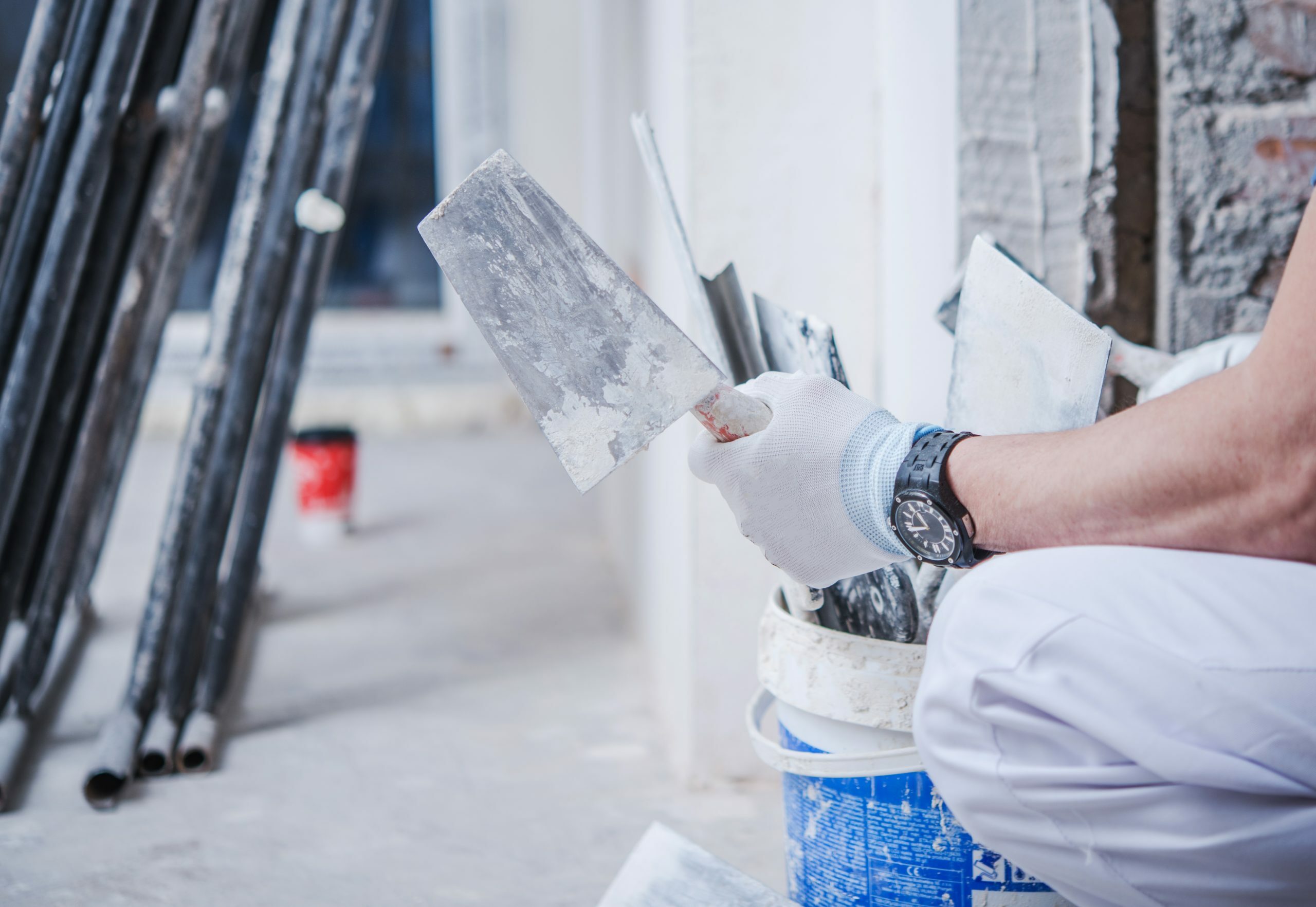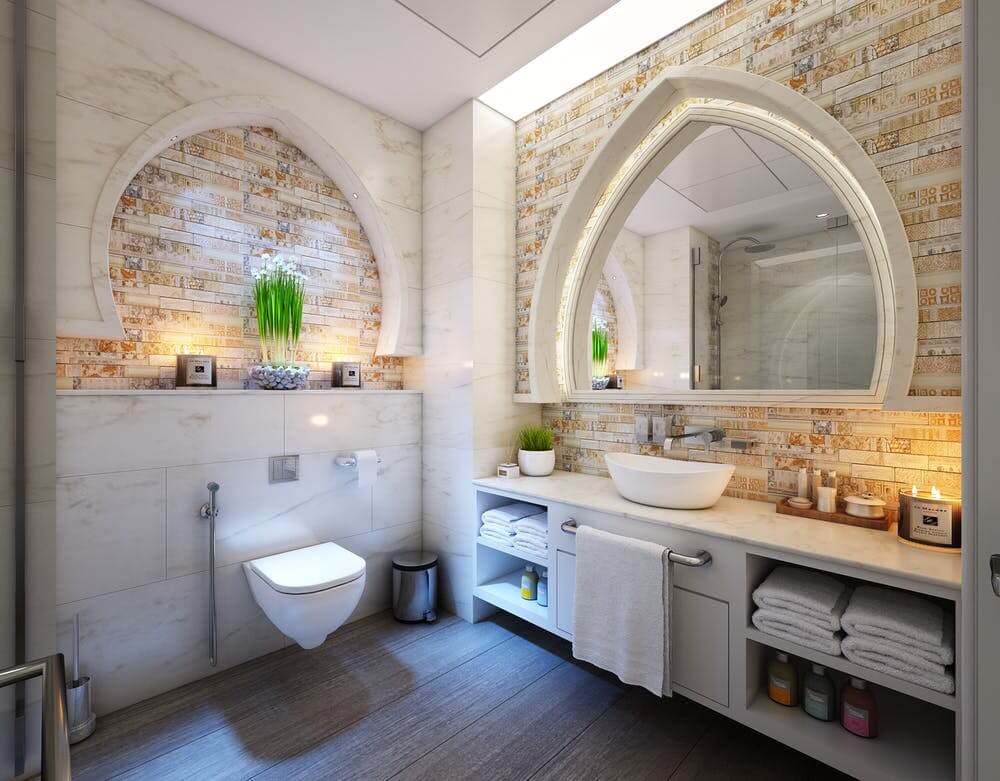Whether your home is serviced by a municipal sewer or a septic tank, you’ll have a main sewer line that leads to one or the other. This sewer pipe connects all household drain pipes to the main sewer or septic tank. If the main sewer line clogs, then you have a significant problem on your hands. If wastewater can’t get to the sewer or septic, it will start backing up, potentially into your house. At first, you may notice toilets and drains emptying slower than expected, if at all. But, soon enough, the water will begin backing up into basement plumbing fixtures or ground-level plumbing fixtures. Not only is this backup a significant inconvenience, but it can also lead to expensive water damage and even endanger your family with raw sewage exposure.
However, if you’re experiencing a sewer line clog, you may have a chance to clear yourself without a complete cleanout. Today, we’ll cover how to identify a clogged sewer line and how to unclog main sewer line without a cleanout.
How to identify a main sewer line clog.

There are a few signs to look out for if you want to stay ahead of a sewer pipe clog. First, if you notice gurgling noises in your drains or toilets, it could be water struggling to move past a forming clog in the pipe. Smelling sewage odors in your home, specifically around drains and toilets, can be a tell-tale sign of a clog. Finally, water backup, sewage backup, and flooding are the most obvious signs that you have a severe clog in your sewer line.
Most often, tree roots growing through the main sewer line cause a clog. However, if you have a newly-constructed home, flushing paper towels, wet wipes, and feminine products down the drain are the most common causes of clogs. So, if you notice any of these signs, you likely have a clogged sewer pipe.
You may be able to clear the pipe with a simple plunger.

To unclog a sewer line with a plunger, you’ll need either a bellows plunger or a force-ball plunger. You’ll need to choose a toilet to plunge on the ground floor for this solution to work. First, tape all of your drains with duct tape, including the tub, shower, and sinks. This tape will prevent the plunging action from dispersing through the other drains, so the force will only focus on the clog. Next, insert the plunger in your selected toilet, let it fill with water, and start plunging. If the standing water in the toilet begins seeping down the drain, you know it’s working. As soon as this water starts draining, fill a bucket with around two or three gallons of piping hot water and pour it down the toilet to fully dissolve the clog.
An enzyme-based drain cleaner may get the job done.
Contrary to popular belief, it’s rarely a good idea to use harsh, chemical-based drain cleaners, such as Drano, as they contain sodium hydroxide. Sodium hydroxide generates heat, which can damage your plumbing pipes. In addition, if you can’t clear the clog with the drain cleaner and you have to hire someone, the harsh drain cleaner can burn them when they try to clear it using other methods.
For these reasons, you should consider an enzyme-based drain cleaner. It takes longer to work than Drano, but it’s much safer. So, if you try this route, follow the directions and give it a few days to work before trying other methods.
If all else fails, hire a professional plumber.
If these methods fail, you should consider hiring a professional to clear your sewer line. A professional plumber will have all of the tools, skills, and knowledge to clean out your sewer line safely.







